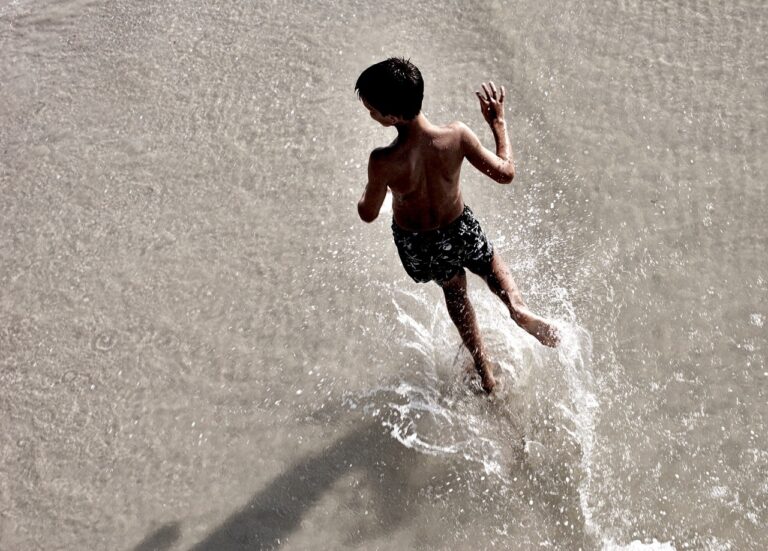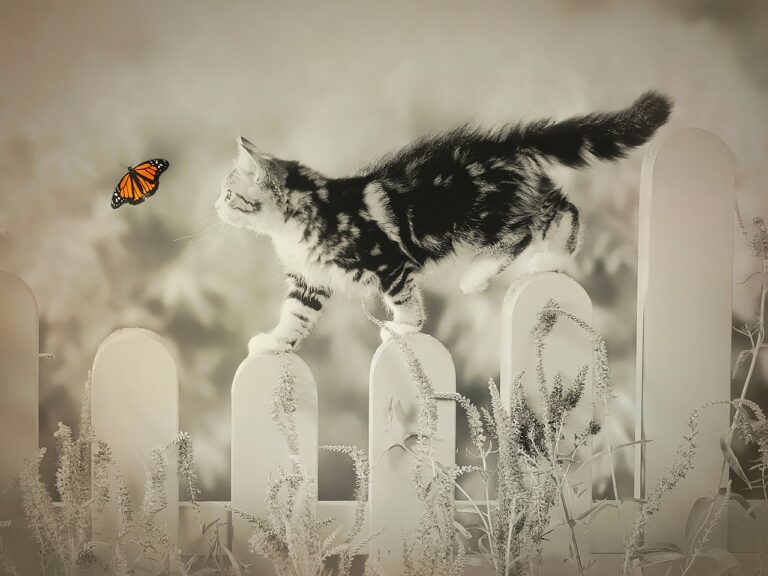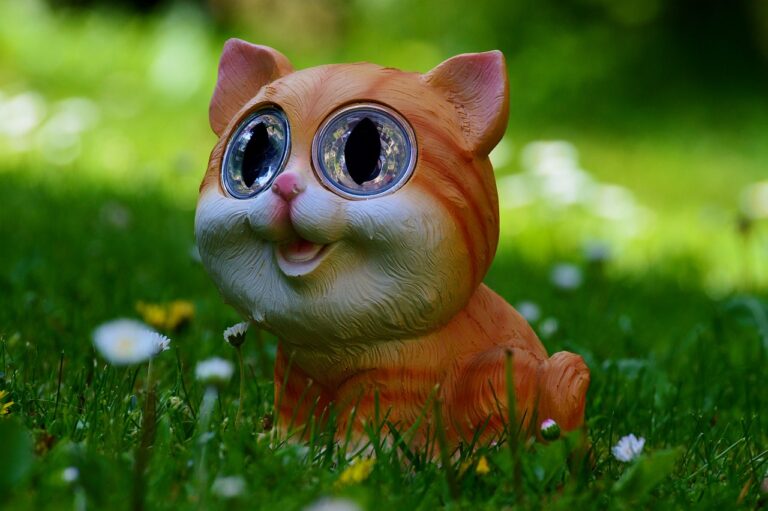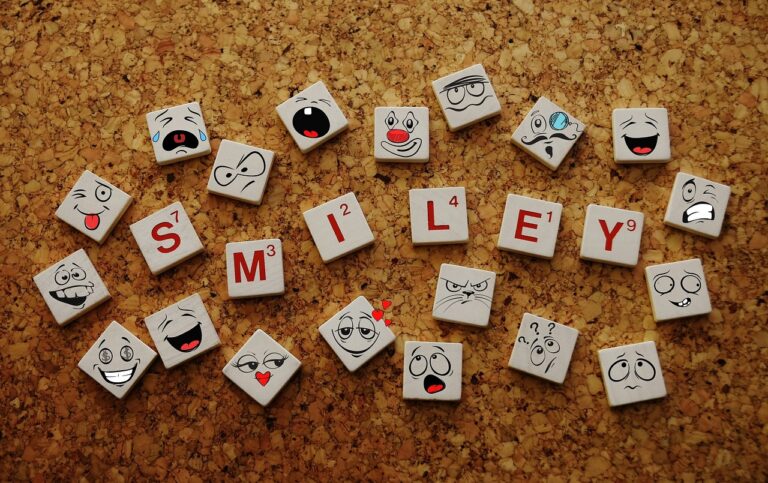The Role of Film Production Lighting Designers
diamond exchange, sky99exch com login, www.reddy book.club login:Lights, Camera, Action! The Role of Film Production Lighting Designers
When you think about making a movie, you probably imagine actors delivering lines, directors calling the shots, and screenwriters crafting compelling stories. However, there is one crucial element that often goes unnoticed but plays a significant role in bringing a film to life lighting design.
Film production lighting designers are the unsung heroes behind the scenes, responsible for creating the perfect lighting setup that complements the mood, tone, and atmosphere of a film. From setting up lights for a dramatic action sequence to creating a warm, inviting ambiance for a romantic scene, lighting designers play a vital role in ensuring that every frame looks visually stunning.
In this blog post, we will explore the role of film production lighting designers, the skills they possess, and why they are an essential part of the filmmaking process.
The Importance of Lighting Design in Film Production
Lighting design is a critical aspect of filmmaking that often goes unnoticed by the audience. However, the right lighting can make or break a scene, setting the tone, mood, and atmosphere for the entire film. Lighting designers work closely with directors, cinematographers, and production designers to create a visual language that enhances the storytelling.
Good lighting can evoke emotions, create depth and dimension, and draw the audience’s attention to specific elements within a frame. From using soft, diffused lighting for a dreamy flashback sequence to harsh, shadowy lighting for a tense confrontation, lighting designers have the power to transform an ordinary scene into a cinematic masterpiece.
The Role of Film Production Lighting Designers
Film production lighting designers are responsible for creating the perfect lighting setup for each scene in a film. They work closely with the director and cinematographer to understand the mood, tone, and atmosphere of the scene and then design a lighting scheme that enhances these elements.
Some of the key responsibilities of a lighting designer include:
1. Creating a Lighting Plan: Lighting designers start by creating a detailed lighting plan for each scene, including the placement of lights, the type of lights to be used, and the overall lighting design.
2. Setting up Lights: Once the lighting plan is approved, lighting designers work with the lighting crew to set up and position the lights according to the plan.
3. Adjusting Lights: During filming, lighting designers are responsible for adjusting the lights as needed to ensure that the scene looks visually appealing on camera.
4. Troubleshooting: Lighting designers are also responsible for troubleshooting any technical issues with the lights and ensuring that they are functioning correctly throughout the shoot.
5. Collaborating with Other Departments: Lighting designers work closely with the director, cinematographer, production designer, and other key crew members to ensure that the lighting design complements the overall vision of the film.
Skills Required for a Lighting Designer
Being a film production lighting designer requires a unique set of skills and talents. Some of the key skills required for this role include:
1. Technical Knowledge: Lighting designers must have a solid understanding of different types of lights, lighting fixtures, and lighting techniques.
2. Creativity: Lighting designers must be creative and innovative in their approach to lighting design, as each scene requires a unique lighting setup.
3. Attention to Detail: Lighting designers must have a keen eye for detail and be able to notice subtle changes in lighting that can make a big difference on camera.
4. Communication Skills: Lighting designers must be able to communicate effectively with the director, cinematographer, and other crew members to ensure that the lighting design aligns with the overall vision of the film.
5. Problem-Solving Skills: Lighting designers must be able to think on their feet and quickly solve any technical issues that may arise during filming.
FAQs
Q: What is the difference between a cinematographer and a lighting designer?
A: While cinematographers are responsible for framing shots and operating the camera, lighting designers focus specifically on designing and implementing the lighting setup for each scene.
Q: How can I become a film production lighting designer?
A: To become a lighting designer, you will need a strong background in lighting design, photography, or film production. Many lighting designers start out as lighting technicians or assistants and work their way up through experience and training.
Q: What are some common lighting techniques used in film production?
A: Some common lighting techniques used in film production include key lighting, fill lighting, backlighting, and practical lighting.
In conclusion, film production lighting designers play a crucial role in bringing a film to life by creating the perfect lighting setup for each scene. Their skills, creativity, and attention to detail are essential in enhancing the visual storytelling and creating a cinematic experience for the audience. Next time you watch a movie, take a moment to appreciate the work of the talented lighting designers behind the scenes. Lights, camera, action indeed!







